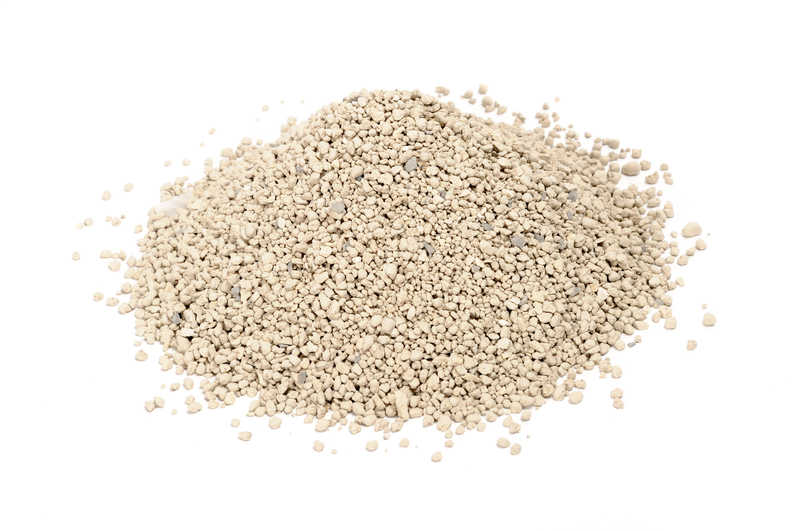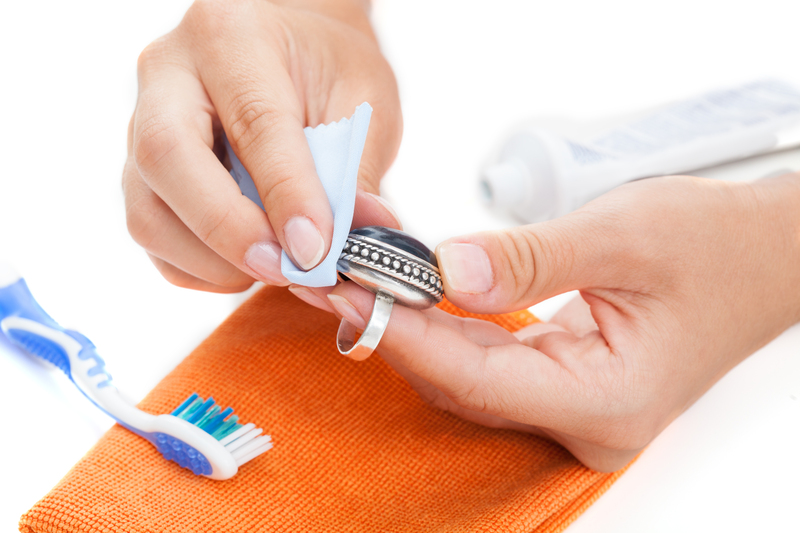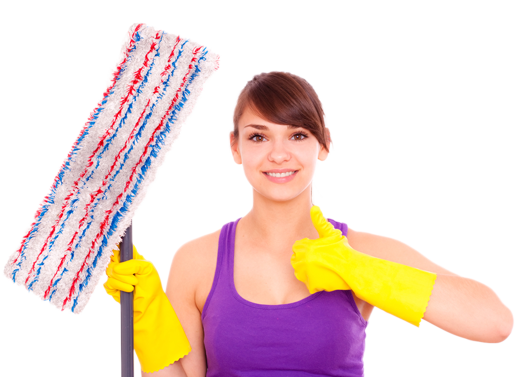Essential Carpet and Flooring Maintenance Strategies
Posted on 24/08/2025
Essential Carpet and Flooring Maintenance Strategies
Keeping your home's carpets and flooring in pristine condition is crucial for creating a clean, welcoming environment and protecting your investment. Whether you have plush carpets or sleek hardwood floors, implementing carpet and flooring maintenance strategies can extend the lifespan of your surfaces, enhance indoor air quality, and improve the overall appearance of your home. In this comprehensive guide, explore effective ways to maintain your carpets and flooring, ensuring long-lasting beauty and functionality.

Why is Carpet and Flooring Maintenance Important?
Proper carpet and flooring care is about more than just looks. Regular cleaning and maintenance help to:
- Preserve the value and longevity of your floors
- Prevent buildup of allergens, dust, and dirt
- Maintain a hygienic and healthy living space
- Reduce the risk of stains, discoloration, or permanent damage
- Minimize costly repairs or the need for early replacement
From frequent vacuuming to proper stain removal techniques, incorporating flooring and carpet maintenance tips can make all the difference.
Understanding Your Flooring Type
Each flooring material--be it carpet, hardwood, tile, laminate, or vinyl--requires specific maintenance routines. Before beginning any floor care regimen, it's important to know your flooring type and its unique requirements.
Carpet
Soft and cozy, carpets can harbor dust, allergens, and stains but benefit greatly from routine maintenance.
Hardwood
Classic and durable, hardwood floors need protection from moisture and scratches to keep their natural luster.
Laminate
Laminate floors are easy to install and maintain, but they can be sensitive to standing water or abrasive cleaners.
Tile and Stone
Durable and stylish, tile and stone resist most stains but require attention to grout lines and sealants.
Vinyl
Vinyl flooring is popular for its affordability and water resistance, making it suitable for high-moisture areas.
Top Strategies for Carpet Maintenance
1. Regular Vacuuming
Frequent vacuuming is the number one carpet maintenance strategy. Dirt and debris settle deep into carpet fibers, accelerating wear and causing dullness. Aim to vacuum high-traffic areas at least twice a week, and other areas once a week. Use a high-quality vacuum with HEPA filtration to help reduce allergens.
2. Immediate Stain Removal
Accidents happen, but prompt action prevents permanent stains. Blot spills immediately with a clean, absorbent cloth. Avoid rubbing, as it pushes the spill deeper into the fibers. Use a suitable carpet cleaner or a mixture of mild dish soap and water.
- For pet stains: Use enzymatic cleaners to neutralize odors and bacteria.
- For wine or juice: Blot and treat quickly, using specialized stain removers if needed.
3. Deep Cleaning
Schedule professional deep cleaning every 12-18 months, or as recommended by carpet manufacturers. Steam cleaning removes embedded dirt and allergens, revitalizing carpet appearance.
4. Use Rugs and Runners
Protect high-traffic zones by placing area rugs and runners. These protective coverings reduce direct wear on carpets and can be easily cleaned or replaced.
5. Preventative Measures
- Establish a no-shoes policy to limit dirt and debris.
- Regularly move furniture to avoid heavy indentations.
- Trim pets' nails to prevent snagging and damage.
Optimal Maintenance Techniques for Hard Surfaces
1. Hardwood Floor Care
- Sweep or dust-mop daily to remove grit that can scratch the surface.
- Wipe up spills immediately to prevent water damage or warping.
- Use manufacturer-approved wood floor cleaners for deeper cleaning, avoiding harsh chemicals or abrasive materials.
- Protect floors from furniture scratches with felt pads or area rugs.
2. Laminate Floor Tips
- Vacuum or sweep regularly using a soft brush attachment.
- Clean up moisture promptly; never allow standing water, as it can cause swelling and damage.
- Use a barely damp mop for periodic cleaning, followed by a dry cloth.
3. Tile and Stone Maintenance
- Sweep or vacuum often to remove abrasive dirt and sand.
- Clean grout lines with a mild solution of baking soda and water; seal grout lines periodically to prevent staining.
- Use pH-neutral stone cleaners to avoid etching or dulling polished surfaces.
4. Vinyl Flooring Strategies
- Sweep or vacuum to remove dirt and grit.
- Mop occasionally with a solution of mild dish soap and water; avoid harsh solvents that may damage the finish.
- Use mats at entryways to minimize tracking debris.
Common Carpet and Flooring Maintenance Mistakes to Avoid
Even with the best intentions, certain habits can undermine your flooring and carpet care efforts. Be sure to avoid the following:
- Using bleach or ammonia-based cleaners (unless recommended for your specific floor type), as these can cause discoloration and damage.
- Ignoring spot cleaning and allowing spills to set into carpet fibers or grout lines.
- Using too much water on hardwood or laminate floors, leading to swelling, warping, or mildew growth.
- Failing to change vacuum bags or clean filters, reducing vacuum effectiveness and recirculating dust.
- Dragging heavy furniture or appliances across flooring, causing scratches, dents, or tears.
Creating a Carpet and Flooring Maintenance Schedule
Consistency is key for effective floor and carpet upkeep. Establishing a maintenance schedule ensures that critical cleaning tasks are performed at appropriate intervals, preventing small problems from becoming major issues.
Sample Maintenance Schedule
- Daily: Quick sweep or dust-mopping; spot clean spills.
- Weekly: Full vacuum (especially for carpets and rugs); mop hard floors as needed.
- Monthly: Check and clean baseboards and edges, address stains, and rotate area rugs.
- Annually: Professional deep carpet cleaning/floor polishing and resealing (if required).
The Role of Professional Floor Cleaners
While many carpet and flooring maintenance tasks can be managed by homeowners, certain procedures are best left to experienced professionals. Professional cleaners use advanced equipment and specialized techniques to:
- Extract deeply embedded dirt and allergens from carpets
- Buff, polish, or refinish hardwood and stone floors
- Seal grout and stone for added protection
- Restore damaged or stained floors to like-new condition
Hiring a reputable floor cleaning service annually or seasonally can make a dramatic impact on the appearance and longevity of your floors.
Eco-Friendly Carpet and Flooring Maintenance
Many homeowners are turning to eco-friendly carpet and flooring maintenance practices to protect their families and the environment. Here are a few green strategies:
- Use natural cleaning solutions, such as vinegar and baking soda (always check compatibility with your flooring type).
- Choose non-toxic, biodegradable carpet and floor cleaners.
- Ensure proper ventilation when cleaning to reduce indoor air pollution.
- Support sustainable flooring options and maintenance products.
Preventative Maintenance for Longevity
Prevention is the foundation of effective carpet and floor maintenance. Small, proactive steps can save time, money, and hassle in the long run.
- Invest in high-quality doormats both inside and outside entryways to capture dirt and debris before it enters your home.
- Apply appropriate sealants and finishes on hardwood, tile, or stone to protect against water, stains, and scratches.
- Rotate area rugs and furniture regularly to distribute wear patterns.
- Keep pets groomed to reduce hair and avoid excessive scratching on surfaces.
- Limit direct sunlight on floors by using blinds or curtains--UV rays can cause fading and discoloration.

FAQs: Essential Questions About Carpet and Flooring Care
How often should I deep clean my carpet?
It's best to schedule professional carpet cleaning every 12 to 18 months. Households with children, pets, or allergy sufferers might benefit from more frequent cleanings.
Can I use a steam mop on all types of flooring?
No, steam mops can damage hardwood, laminate, or unsealed floors. Always check the manufacturer's guidelines for your flooring type before using any steam cleaning device.
What's the best way to protect floors from furniture scratches?
Use felt pads or glides under furniture legs. Rearrange furniture periodically to prevent uneven wear and consider using area rugs in high-traffic spaces.
Conclusion: Protecting Your Investment with Smart Maintenance
Long-lasting beauty and durability start with effective carpet and flooring maintenance strategies. By understanding your flooring materials and establishing consistent cleaning and preventative measures, you can preserve the elegance of your carpets and hard surfaces for years to come. Avoid common mistakes, schedule professional cleanings when needed, and embrace eco-friendly products to create a safe, comfortable, and attractive home. Remember, a little routine care today can save substantial effort and expense tomorrow--so start your maintenance journey now for floors that always make a stunning impression.




